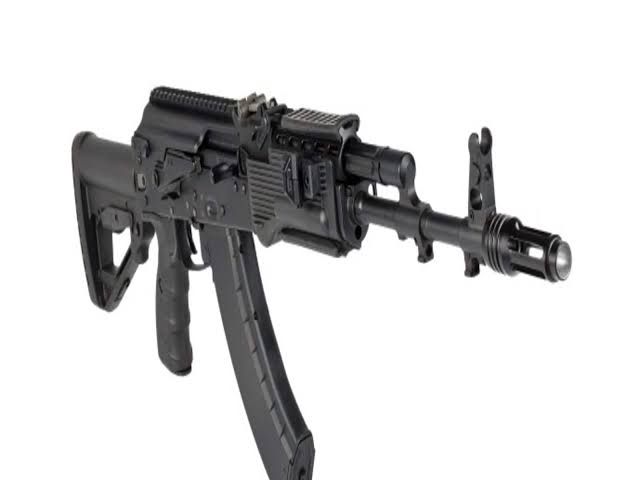
ASSAULT RIFLE FOR THE INDIAN ARMY: A NEVER-ENDING WAIT

The rifle is an iconic weapon with a long and illustrious history. Rifles have come to dominate the battlefield since their introduction, despite their obscure origins. Assault rifles are a subset of these firearms. To any infantryman, the assault rifle is one of his most prized possessions as it makes him confident to take out the enemy. The Indian military and paramilitary forces use a variety of assault rifles, such as the INSAS (Indian Small Arms System, the standard issue personal weapon of the Indian soldier), AK-47, M4A1 Carbine, T91 assault rifle, SIG Sauer 716, and Tavor. INSAS forms the major chunk of India’s small arms inventory, with close to one million rifles in use. The armed forces use 810,000 assault rifles for the three services, out of which the army alone uses 760,000 rifles.
Considering the importance of this firearm it is indeed intriguing that the Indian Army has been grappling since the last ten years to get an appropriate assault rifle for its soldiers. This issue, therefore, needs a detailed analysis to bring forth the urgency and need for the Indian Army to acquire a reasonably effective and advanced assault rifle which would be effective in all kinds of tasking, in all types of terrain and circumstances.
Changing Battlefield Environment
Indian Army is ranked as one of the four most powerful armies of the World. In its quest for modernisation the armed forces have undergone a series of reforms in terms of its acquisition procedures, impetus to atmanirbharta, corporatisation of Ordnance Factory Board and so on. However, the acquisition of a good assault rifle has remained a grey area. Over the years the army transited from a .303 bolt action rifle to 7.62 mm SLR and then to the current 5.56 mm INSAS rifle which was introduced in 1994-95. However, the changing battlefield environment such as the emergence of grey zone warfare and tackling terrorism and insurgency has necessitated the requirement for a better personal weapon.
The INSAS rifle with its 5.56 mm calibre has the capability to incapacitate or injure the enemy rather than resulting in a fatal kill as presumably the concept employed by NATO countries was blindly accepted by us, ignoring the existing ground realities of our forces functioning in operations in counter -terrorism/counter insurgency operations which need a first-round lethal kill, where the adopted motto should be “Ek Goli Ek Dushman”.
We are all aware that a 5.56 mm calibre weapon may be good for a conventional war, however it falls short of performance while in a close combat situation as is prevalent on our Western, Northern and North-East border areas. Therefore, a review was necessitated to go in for a higher calibre weapon.
Shortcomings Observed in 5.56 mm INSAS Rifle
Since the introduction of the INSAS rifle (5.56 mm x 45 mm-NATO), the weapon was extensively used in varied combat situations over a decade and a half, and in year 2014-15, a major decision was made to discontinue further procurement of this weapon from Ordnance Factories Board at Ordnance Factory Tiruchirappalli, Small Arms Factory Kanpur and Ichapore Arsenal. The major areas of concern were the overheating of barrel after continuous usage of an hour pointing to serious quality issues in its metallurgy. Its polymer magazine also developed cracks due to cold weather. There were also too many stoppages experienced while firing as well as firing a 3-shot burst when set for a “single shot’ mode.
Lack of Foresight and Vision
It is important to understand for all who deal with defence procurement that resorting to short term measures or adhocism will never address a problem in its correct perspective. Therefore, after having discontinued the procurement of the INSAS rifle for a good five years, there was no alternative selected and only in the year 2020, possibly due to the PLA situation at the LAC, a hurried decision was taken to procure 72,400 SIG 716 Sauer (7.62mm x 51 mm) rifle from the United States at an approximate cost of over 750 crores.
However, this new assault rifle procured had its own share of inadequacies such as lacking optical day, night, holographic and even basic LED-powered reflex ‘red-dot’ sights and additionally, these SIG76 rifles had reportedly necessitated local ‘modifications’ like altering their grip to enable a firmer grasp by adding a ‘wooden handle’ under their 457.2mm long barrel, somewhat similar to the jugaad or innovation the IA had earlier executed on Ak-47’s. There were some media reports which stated that some Indian Army units had locally fitted the SIG716’s with these ‘grips’ as well as with bipods to provide stability.
Meanwhile, in a parallel move the MoD also included assault rifles in its 310-strong list of military items that India will no longer import, but source domestically. Accordingly, it had issued licenses to five local defence contractors like Adani Defence (Ahmedabad), SSS Defence (Bangalore), Jindal Defence (Delhi) and Optic Electronic India (Noida) to produce assault rifles by entering into collaborative ventures with overseas original equipment manufacturers, further precluding all further Sig Sauer imports.
The Saga of Russian Kalashnikov AK-203 Assault Rifle
Since the import of the SIG 716 Sauer rifle was only an interim measure and the deficiencies of the field army for the assault rifle had become in excess of 2 lakh units, it was decided to establish a manufacturing plant for Russian Kalashnikov AK-203 (7.62 mm x 39 mm) Assault Rifle under a Joint Venture with Indo-Russian Rifles Private Limited (IRRPL) at Korwa, near Amethi in Uttar Pradesh. The production targets were set for 7,50,000 AK-203 rifles. However, the project got mired in delays due to the Russia-Ukraine war, sanctions imposed by US and other technical issues such as pricing, transfer of technology etc. It has now been reported that the Indian Army has been
delivered with 27000 AK-203 rifles now since December 2023. Another 8000 will be made available by end of May 2024. This would to a great extent help in overcoming shortages and equipping the soldier with a better weapon.
Back to Ground Zero
In another retrograde step, one is hearing that the IA was considering ‘upgrading’ and ‘re-tweaking’ its INSAS assault rifle which it had discarded over a decade ago on grounds of inefficiency and for being a weapon system ‘overtaken by technological development’ – a euphemism for the rifle implies being a poorly designed product.
If IA plans to retrofit and modify the INSAS rifle, it has to consider including refashioning its butt stock to ensure sustained fire under adverse conditions, minimising its high recoil, and installing ‘lower’ Picatinny rails to support accessories and add-ons, amongst other modifications. This would then amount to reinforcing a failure which will result in a further setback to the aspirations and needs of the Infantry soldier.
Recommendations
Apart from the assault rifles discussed above we could also consider the following options: –
M16A3 assault rifle (US Origin)

This superior weapon has been time tested in various types of terrains and weather conditions. Newer models have a Picatinny-style rail and can accommodate a variety of optics and detachable accessories. It can also be equipped with an under-barrel grenade launcher. This assault rifle has been constantly improved since its introduction. The M16 and its derivatives are used in over 70 countries worldwide. The US Army still uses it today in the form of an improved M16A3.
FN SCAR(Belgian)

The FN SCAR is a family of gas-operated short-stroke gas piston automatic rifles developed by Belgian manufacturer FN Herstal in 2004. The SCAR is manufactured in two main versions: the SCAR-L (“Light”) and SCAR-H (“Heavy”). The SCAR-L fires 5.56×45mm NATO rounds from STANAG (M16) magazines. The SCAR-H fires the more powerful 7.62×51mm NATO cartridge from proprietary 20-round magazines. Varied barrel lengths are also available for different purposes, such as close quarters battle or long-range engagements.
Indian Army has placed orders for 1000+ for FN SCAR-H STD 7.62x51mm NATO/.308 Win calibre assault rifle for its special forces, from Belgian firearms company FN Herstal which has a manufacturing unit in the United States for Para (Special Forces) under Foreign Military Sales (FMS) programme with the US administration. FN SCAR-H assault rifle was developed by FN Herstal for United States Special Operations Command and is known as Special forces go to assault rifle which is very effective against in Jungle War conditions.
AK 47/203
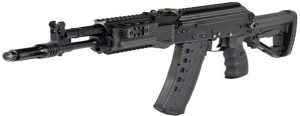
We could also consider AK-47 assault rifle or its other variants, which the IA is using in Jammu and Kashmir. This weapon is also time tested and versatile
Conclusion
Therefore, the requirement now is to have a mix of AK 203 and SIG SAUER 716. The advantages of AK 203 relate to its robust design, economy of scales and indigenous production. The subsequent MRO support also gets easier. The issues which have emerged regarding the local manufacturer of AK 203 should be resolved with the Russian agencies at the earliest. The SIG 716 rifle is also a powerful and accurate weapon and ideal for deployment in the forward tier, however it lacks certain important accessories wherein domestic start-ups could be tapped to develop these. In no way we should continue with the INSAS 5.56 mm Assault Rifle or any of its avatars. We can no longer play with the life of our soldier. Let’s give him the best weapon in the World irrespective of the cost involved. “Life of a Soldier for the Nation doesn’t come cheap”.
Disclaimer
The opinions expressed in this article are the author’s own and do not reflect the views of Chanakya Forum. All information provided in this article including timeliness, completeness, accuracy, suitability or validity of information referenced therein, is the sole responsibility of the author. www.chanakyaforum.com does not assume any responsibility for the same.
Chanakya Forum is now on . Click here to join our channel (@ChanakyaForum) and stay updated with the latest headlines and articles.
Important
We work round the clock to bring you the finest articles and updates from around the world. There is a team that works tirelessly to ensure that you have a seamless reading experience. But all this costs money. Please support us so that we keep doing what we do best. Happy Reading
Support Us



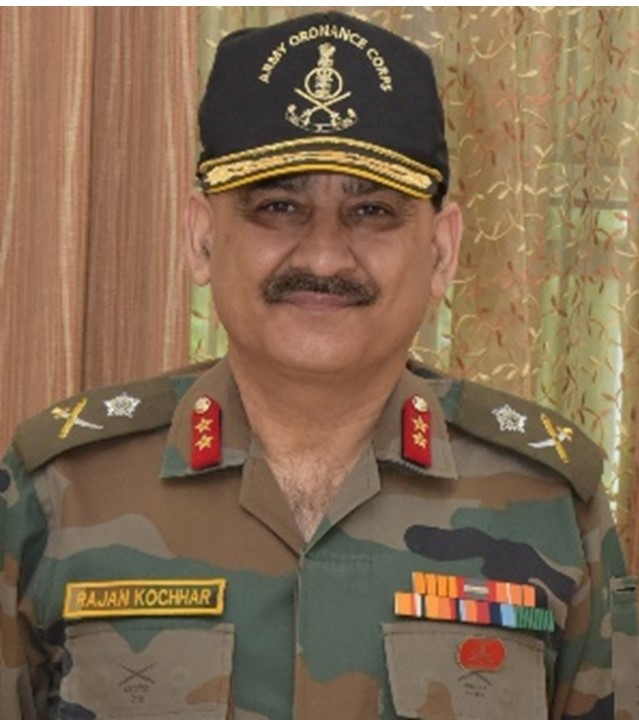

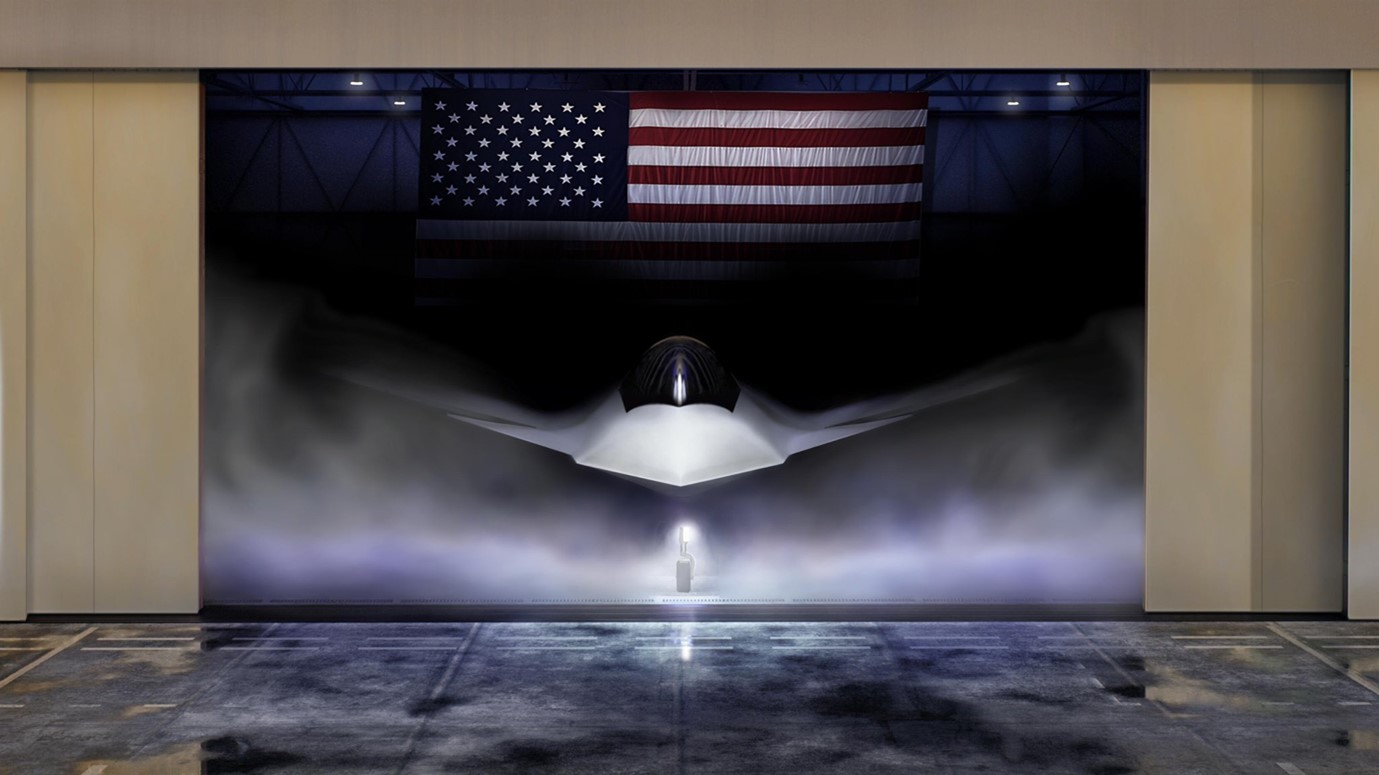




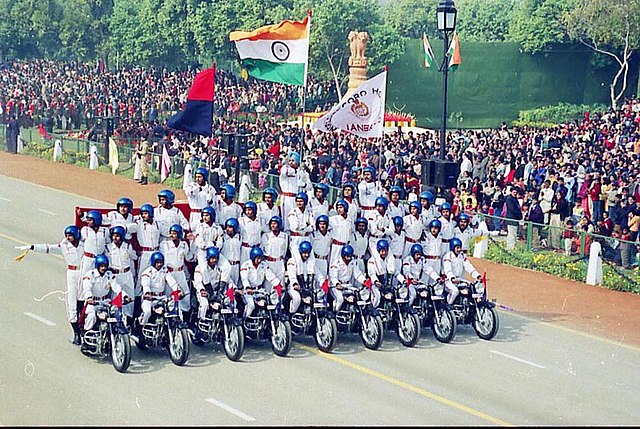




POST COMMENTS (0)